Rising Demand for Precision Medicine
The Spatial OMICS Market is experiencing a notable surge in demand for precision medicine, which emphasizes tailored therapeutic strategies based on individual patient profiles. This trend is driven by advancements in genomic and proteomic technologies that enable researchers to analyze complex biological systems at unprecedented resolutions. As healthcare systems increasingly adopt personalized approaches, the Spatial OMICS Market is projected to grow significantly, with estimates suggesting a compound annual growth rate of over 15% in the coming years. This growth is indicative of a broader shift towards integrating spatial data into clinical practices, thereby enhancing treatment efficacy and patient outcomes.
Integration of Multi-Omics Approaches
The Spatial OMICS Market is witnessing a paradigm shift towards the integration of multi-omics approaches, which combine genomics, transcriptomics, proteomics, and metabolomics. This holistic view of biological systems allows for a more comprehensive understanding of disease mechanisms and therapeutic responses. The market is likely to benefit from this trend, as researchers and clinicians seek to leverage spatial data to uncover intricate biological interactions. Recent studies indicate that the integration of these diverse data types can lead to more accurate disease models and improved drug discovery processes, further propelling the Spatial OMICS Market forward.
Growing Investment in Research and Development
The Spatial OMICS Market is benefiting from a growing investment in research and development across various sectors, including pharmaceuticals, biotechnology, and academic institutions. Increased funding is being directed towards innovative research initiatives that utilize spatial omics technologies to explore disease mechanisms and therapeutic targets. This influx of capital is likely to accelerate the development of new spatial omics tools and applications, fostering collaboration between academia and industry. As a result, the Spatial OMICS Market is anticipated to experience robust growth, with R&D expenditures projected to rise significantly in the coming years, further enhancing the market landscape.
Emergence of Collaborative Research Initiatives
The Spatial OMICS Market is witnessing the emergence of collaborative research initiatives that aim to harness the power of spatial omics technologies. These collaborations often involve partnerships between academic institutions, research organizations, and industry players, facilitating knowledge exchange and resource sharing. Such initiatives are likely to enhance the development of innovative spatial omics applications, driving market growth. Recent collaborations have demonstrated the potential of spatial omics in addressing complex biological questions, which may lead to breakthroughs in disease understanding and treatment. The increasing number of partnerships in this field suggests a promising trajectory for the Spatial OMICS Market.
Technological Innovations in Imaging Techniques
Technological innovations in imaging techniques are playing a pivotal role in the Spatial OMICS Market. Advanced imaging modalities, such as multiplexed imaging and high-resolution microscopy, are enabling researchers to visualize cellular structures and molecular interactions in situ. These innovations facilitate the analysis of tissue samples with spatial context, which is crucial for understanding complex biological processes. The market is expected to expand as these technologies become more accessible and affordable, with projections indicating a potential increase in market size by approximately 20% over the next five years. This growth underscores the importance of imaging advancements in driving the Spatial OMICS Market.


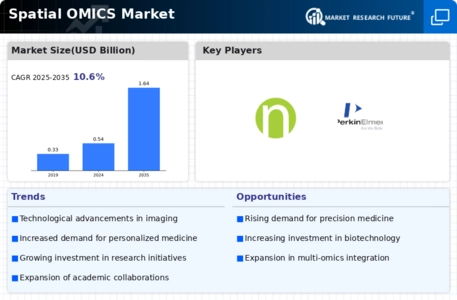
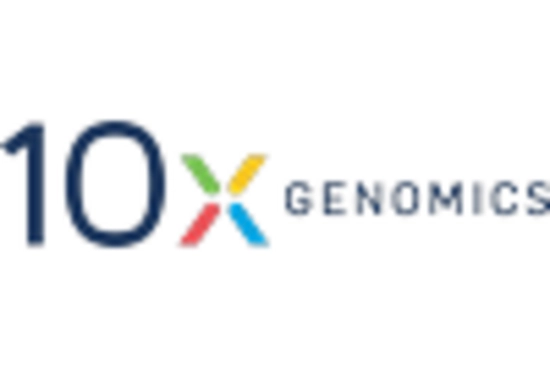
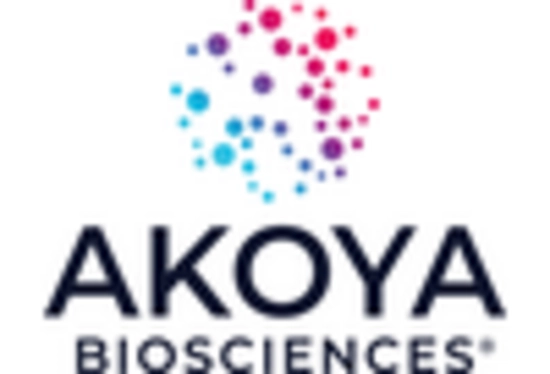
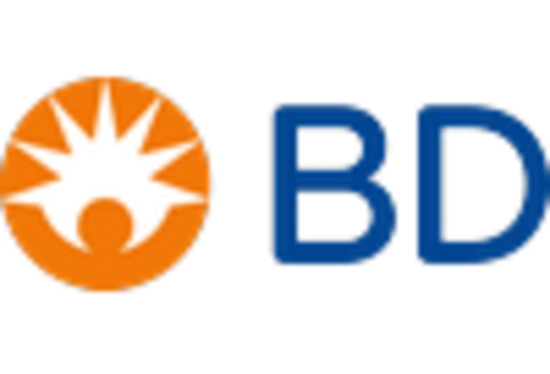
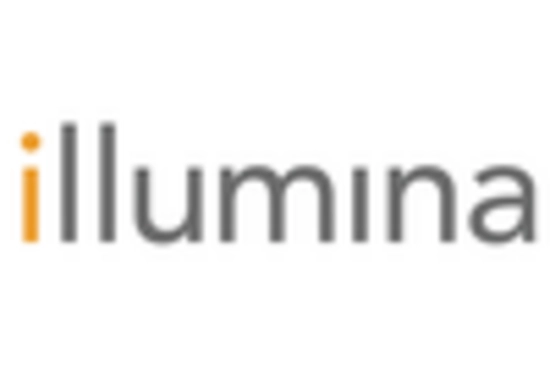










Leave a Comment